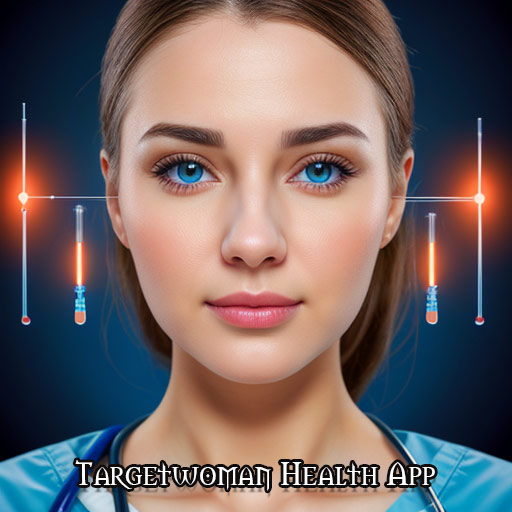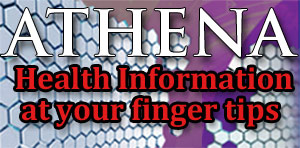Hydrocele
A hydrocele is a fluid-filled sac that sometimes is found within the scrotum. It is often noticed in newborns but it goes off on its own. Hydrocele is also noticed in some older men. Most often hydrocele does not pose any symptoms. It usually happens on one side and is noticed during physical examination of the scrotum. Ultrasound helps in diagnosing hydrocele. The difference between a hydrocele and testicular cancer is that the hydrocele is soft and filled with fluid while testicular cancer tumor is hard. Fine needle aspiration is used to drain the fluid from the scrotum. In the case of hydrocele that does not go away for a long time, hydrocelectomy surgery is performed.
Testicular Cancer
Testicular Cancer occurs to men in the age group 20 - 35 years. Men suffering from undescended testicle are at higher risk for developing testicular cancer. Seminoma is a type of testicular cancer where there is a single type of testicular cell. On the other hand, teratoma indicates more than one type of testicular cell. In the early stages of testicular cancer, the cancer is restricted to only one testicle. It later spreads to nearby lymph nodes and abdomen and other parts of the body.
Symptoms of testicular cancer include swelling or lump in one testicle. There may be a dull ache in the lower area of the abdomen. A man suffering from testicular cancer may have hydrocele (collection of fluid in the scrotum). The scrotum may feel heavy.
Regular self examination of the testicles can go a long way in detecting testicular cancer at an early stage. It is essential to keep on the lookout for any enlargements or lumps on the testicles. An ultrasound can help detect any irregularities in the testicles. surgery involves removal of the affected testicle (orchidectomy). Abdominal lymph nodes are also removed in case they are affected. Radiation therapy and chemotherapy drugs are used in the treatment of testicular cancer. The treatment is based on the stage and spread of cancer.
Tags: #Hydrocele #Testicular Cancer
At TargetWoman, every page you read is crafted by a team of highly qualified experts — not generated by artificial intelligence. We believe in thoughtful, human-written content backed by research, insight, and empathy. Our use of AI is limited to semantic understanding, helping us better connect ideas, organize knowledge, and enhance user experience — never to replace the human voice that defines our work. Our Natural Language Navigational engine knows that words form only the outer superficial layer. The real meaning of the words are deduced from the collection of words, their proximity to each other and the context.
Diseases, Symptoms, Tests and Treatment arranged in alphabetical order:

A B C D E F G H I J K L M N O P Q R S T U V W X Y Z
Bibliography / Reference
Collection of Pages - Last revised Date: December 15, 2025



